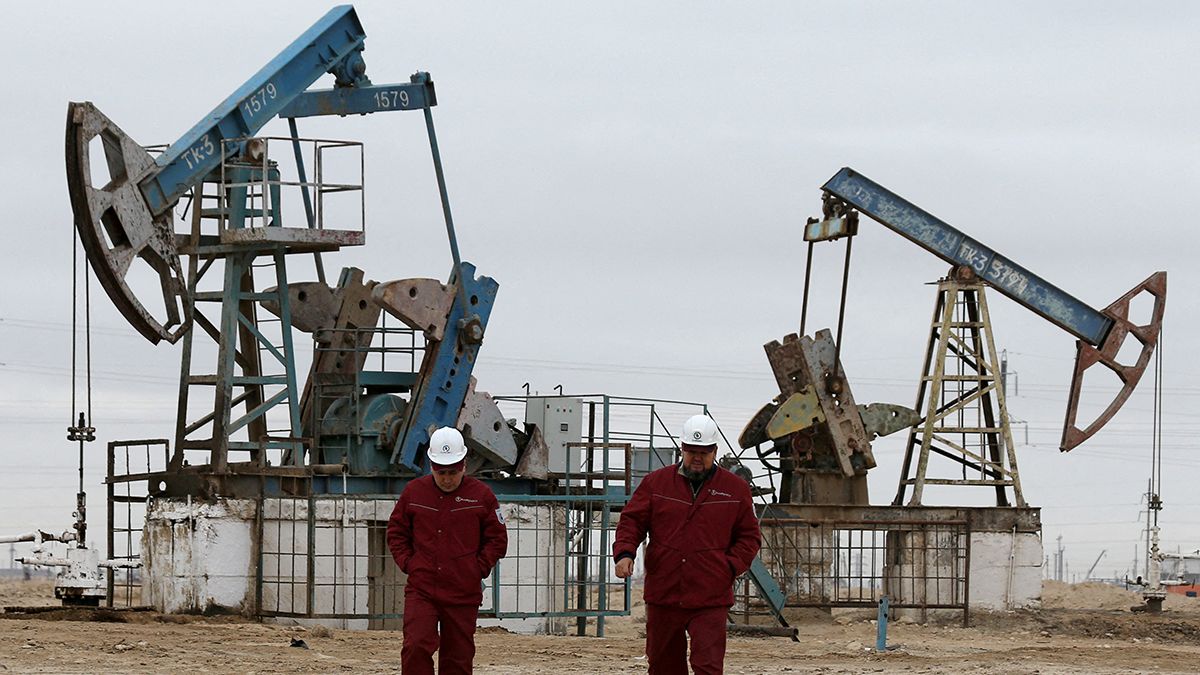The prices of Petroleum lost almost $1 on Tuesday amid skepticism over a decision by the OPEC to increase supply at the end of the year in a global market where demand has already shown signs of weakness.
North Sea Brent futures fell 84 cents, or 1.7%, to $77.52 a barrel, extending losses from a four-month low hit the day before.
Meanwhile, on Monday, Brent closed below $80 for the first time since February 7, after declining more than 3%. On Tuesday, Brent traded at $76.76, less than $2 from this year’s low of $74.79 in January.
The futures of West Texas Intermediate in the United States (WTI) They fell 97 cents (1.31%), to $73.25. In the previous day it had plummeted 3.6%, close to its lowest level in four months.
The Organization of Petroleum Exporting Countries and an alliance led by Russia, a group known as OPEC+, They agreed on Sunday to extend most of their output cuts through 2025, but left room for eight members’ voluntary cuts to be phased out starting in October.
“The market reaction is depressing for anyone who produces oil and is a great joy for consumers,” said Tamas Varga, of the PVM brokerage.
The reduction planned for October adds concerns about oversupply to an environment in which traders already fear that high interest rates will hamper global economic activity, as the constant flow of signs of weakness from major economies, such as USA, China and Europe, suggests that its appetite for oil may not be as healthy as expected for the rest of the year. In addition, the supply of non-member producers is also increasing. OPEClike the United States.
OPEC production increased in May
The oil production of the OPEC increased in May, according to a Reuters poll on Tuesday, as the increase in exports of Nigeria and Iraq offset the impact of voluntary supply cuts agreed to by some alliance members OPEC+.
The Organization of Petroleum Exporting Countries pumped 26.63 million barrels per day (bpd) last month, 145,000 bpd more than in April, according to the survey, based on transportation data and information from industry sources.
the rise of Iraq occurred despite the fact that the country, the second largest producer in OPEC, committed together with Kazakhstan, member of the OPEC+, to compensate for the previous excess production with new cuts in the remainder of 2024.
Several members of OPEC+, which includes OPEC, Russia and other allies, made new cuts in January to counter economic weakness and increased supply outside the group. The producers decided on Sunday to keep them during the third quarter, after having extended them until June.
According to the study, Iraq and Nigeria They increased their production by 50,000 bpd each and Saudi Arabia and the United Arab Emirates recorded smaller increases. Algeria was the only country that reduced its pumping, due to the maintenance of its oil fields.
OPEC pumped about 250,000 bpd more than the implicit target for the nine members covered by supply-cutting agreements, with Iraq responsible for most of the excess, the survey found.
Among those not required to cut production, Iran and Venezuela increased it slightly. Iran is pumping near a five-year high hit in November after posting one of OPEC’s biggest output increases in 2023 even though U.S. sanctions remain in place.
The Reuters survey aims to track supply to the market and is based on shipping data provided by external sources, flow data from LSEG, information from companies that track flows – such as Petro-Logistics and Kpler – and information provided by sources from oil companies, OPEC and consultants.
Source: Ambito




